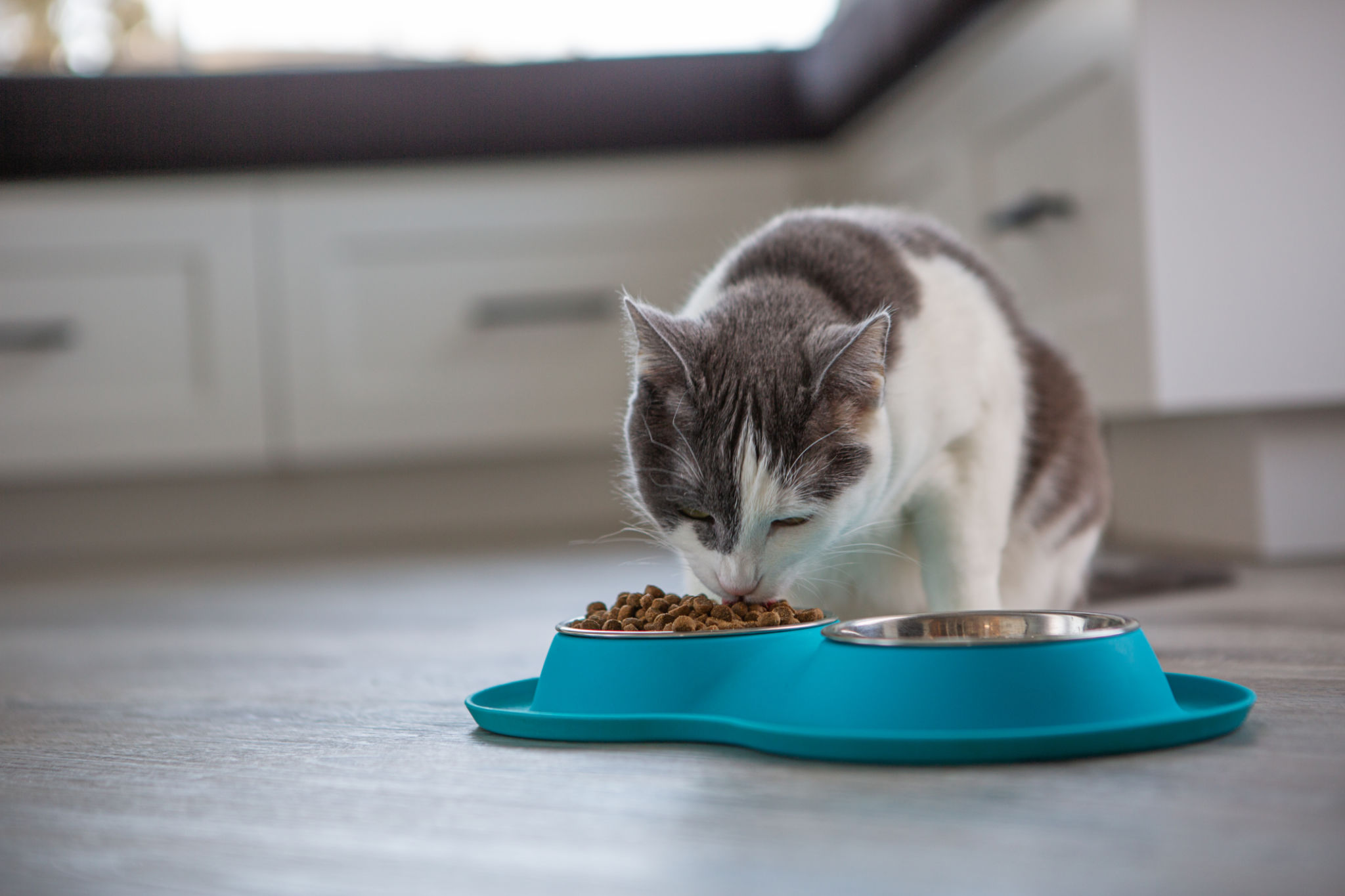How to Transition Your Pet to a New Diet Safely
Vl
Understanding the Importance of a Gradual Transition
Transitioning your pet to a new diet is not as straightforward as it might seem. A sudden change in diet can upset your pet's stomach, leading to digestive issues such as vomiting, diarrhea, or constipation. To ensure a smooth transition, it's crucial to switch their food gradually over a period of 7 to 10 days.
Start by mixing a small amount of the new food with your pet's current food. Gradually increase the proportion of the new food while decreasing the old food. This slow integration helps your pet's digestive system adjust without causing distress.

Choosing the Right New Diet
Selecting a new diet for your pet should be done with care and consideration. Factors such as age, weight, breed, and any existing health conditions should be taken into account. Consulting with a veterinarian before making any changes is always a good idea, as they can provide tailored recommendations based on your pet's specific needs.
Also, pay attention to the ingredient list of the new food. Look for high-quality proteins and avoid fillers and artificial additives. A balanced diet is essential for maintaining your pet's health and well-being.
Monitoring Your Pet's Response
As you transition to the new diet, keep a close eye on how your pet responds. Monitor their eating habits, energy levels, coat condition, and stool quality. Any negative changes could indicate that the new food is not suitable for them.

If your pet shows signs of allergies or intolerance, such as itching, excessive licking, or ear infections, it may be necessary to reconsider the choice of food and consult with a veterinarian for alternatives.
Dealing with Picky Eaters
Some pets are more resistant to change than others, especially if they are picky eaters. In such cases, patience is key. You might need to try different flavors or textures to find something that appeals to their palate. Sometimes warming the food slightly can enhance its aroma and make it more enticing.
Remember not to give in to their demands for treats or table scraps during this transition period, as this can reinforce picky behavior and hinder the switch to a healthier diet.

Ensuring Hydration
Proper hydration is vital during any dietary transition. Make sure your pet has access to fresh water at all times. This is especially important if you're switching from wet food to dry kibble, as the latter contains less moisture.
If you notice your pet isn't drinking enough water, consider adding water or low-sodium broth to their meals to ensure they're staying hydrated. This can also make the new food more palatable for them.
Conclusion: Patience and Persistence
Transitioning your pet to a new diet safely requires patience, persistence, and careful observation. By following these guidelines and consulting with your veterinarian, you can help ensure your pet's health and happiness throughout the process.
Remember, every pet is unique, and what works for one might not work for another. Stay attentive to their needs and reactions, and you'll be on the right path to providing them with a nutritious and satisfying diet.
